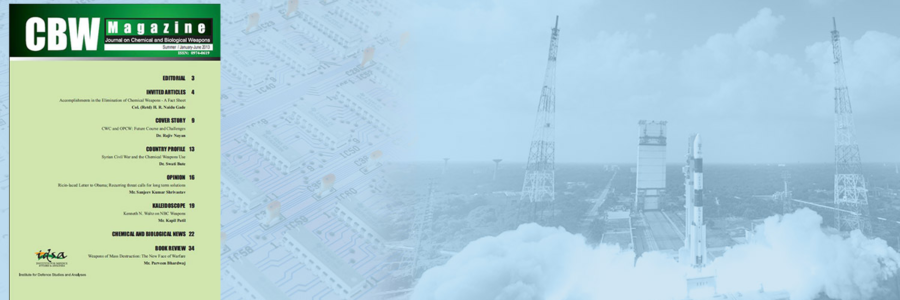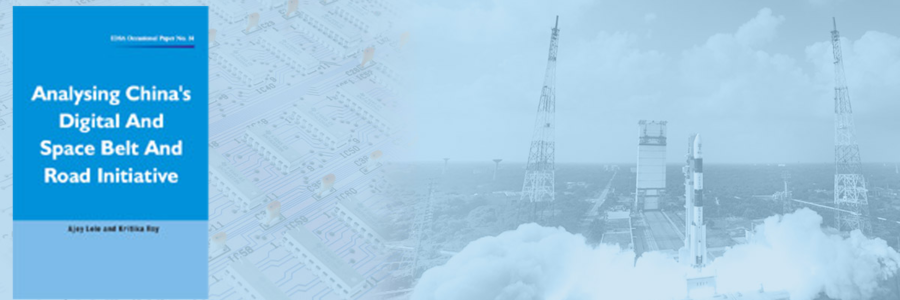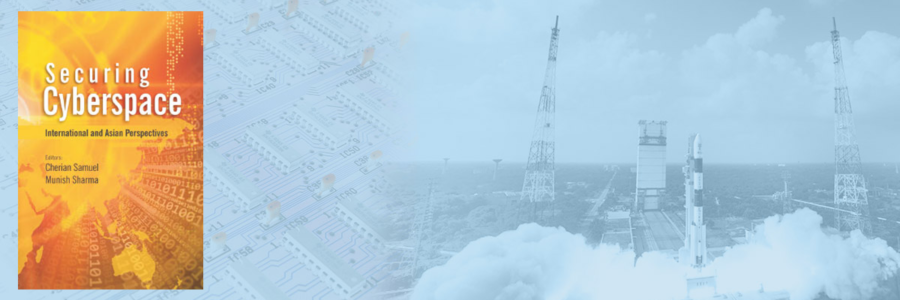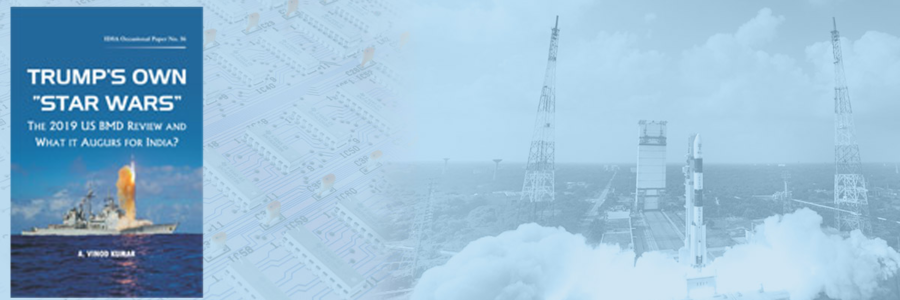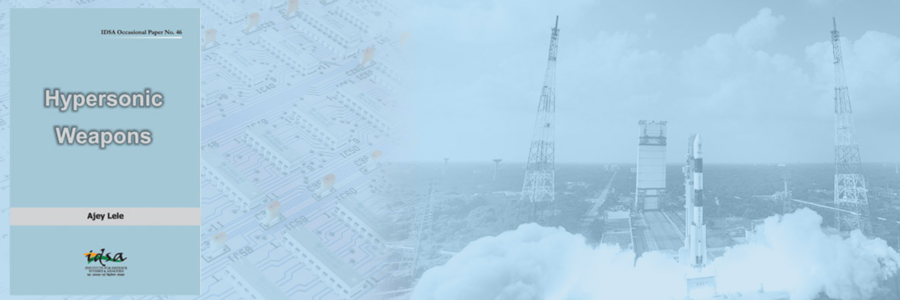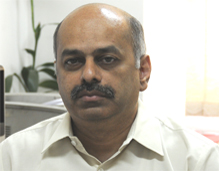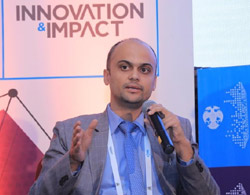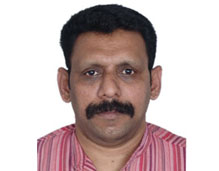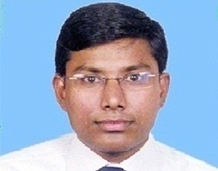India Finishes Destruction of its CW Arsenal
This destruction of CWs under the watchful eyes of international inspectors by strictly following a declared roadmap could be said to be a feather in the cap for India’s overall disarmament and arms control efforts.
- Ajey Lele
- May 21, 2009





